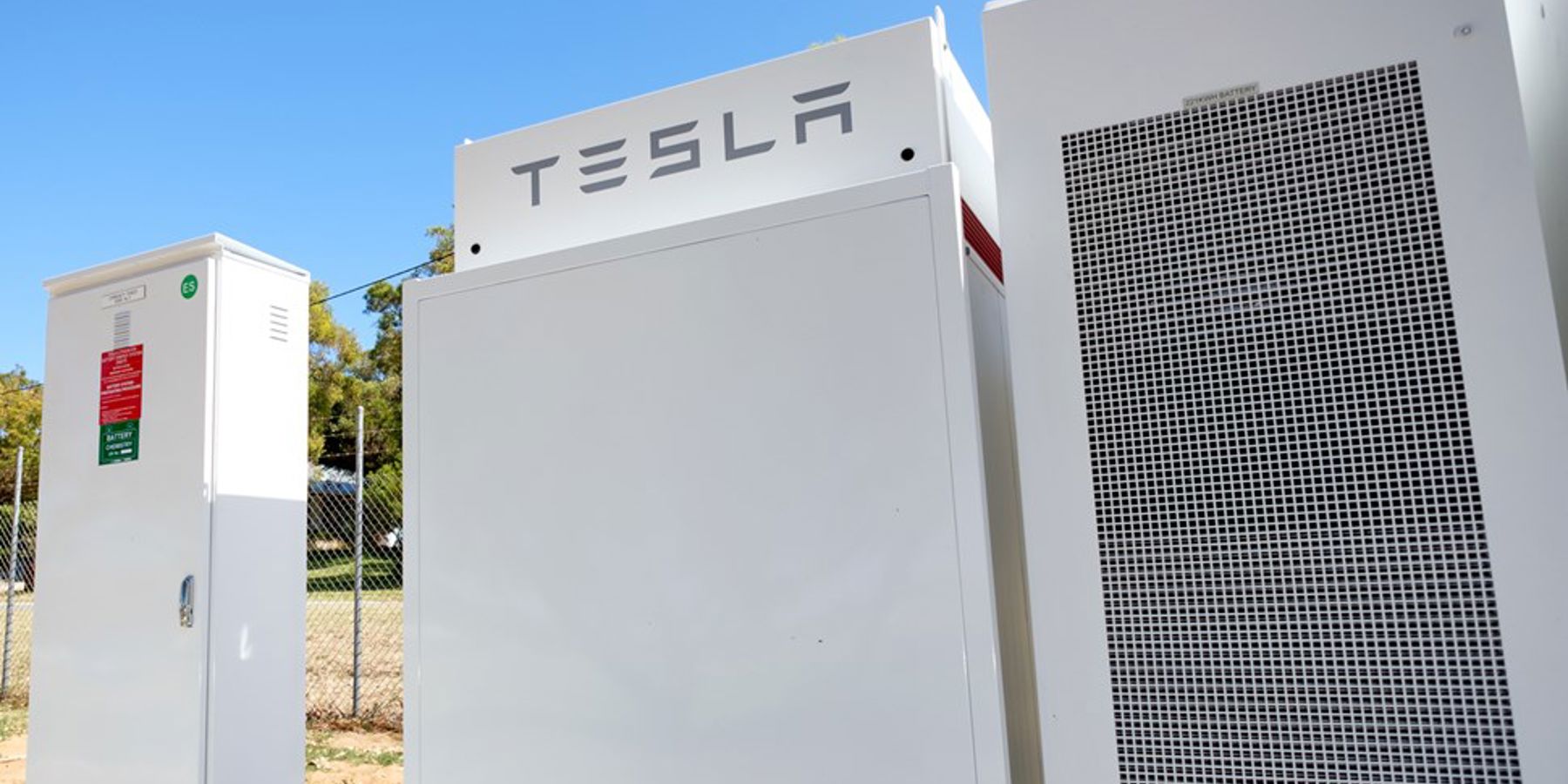Battery technology is gaining momentum in WA, but for us it’s nothing new.
We’ve been key players in the battery industry in our own backyard for a while now.
Since we installed our first community battery in Meadow Springs with Synergy, we have been at the forefront of integrating battery storage into the electricity network.
And there are a few other players that have helped us drive battery storage forward in WA.
One of those is West Australian Alternative Energy (WAAE). The WA business, based in Busselton, has been responsible for installing all 13 of our community batteries.
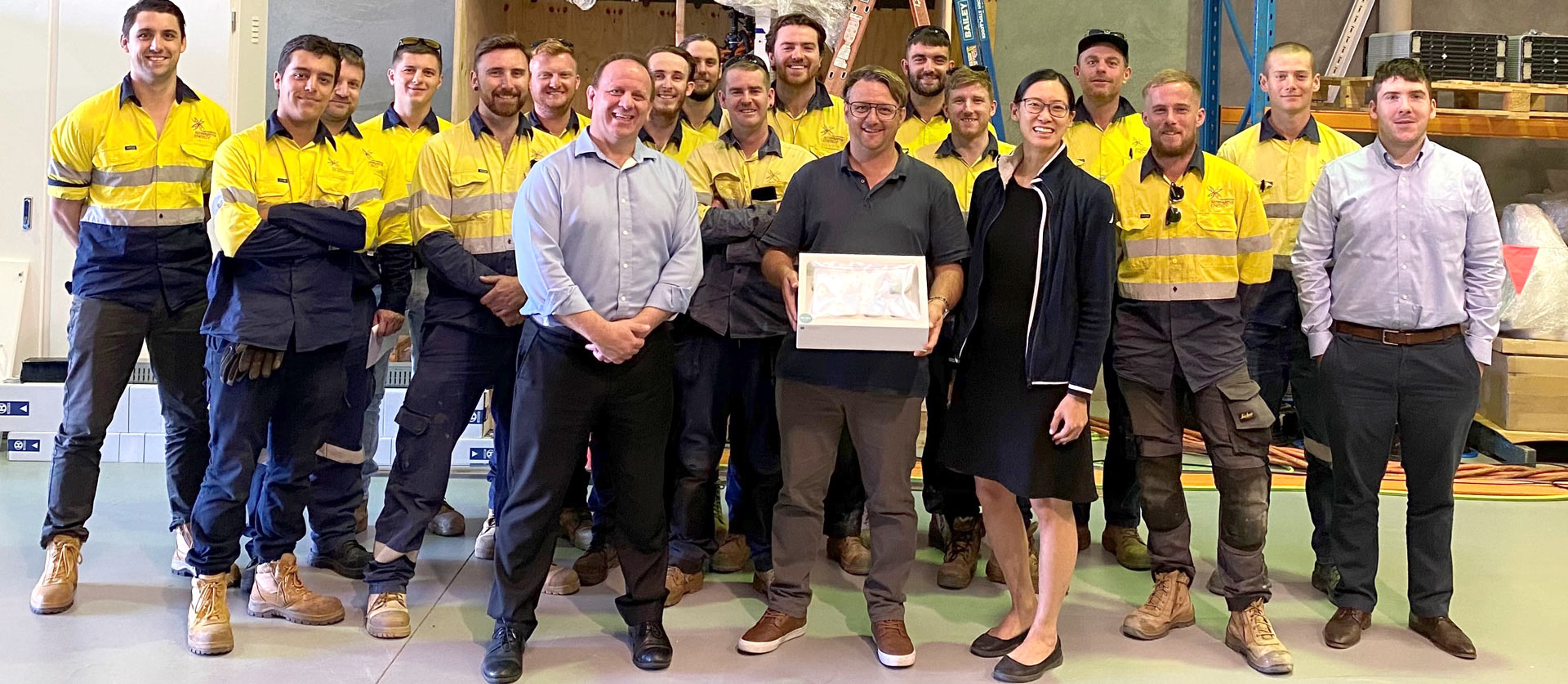
Managing Director of WAAE, Simon Barclay, is a pioneer in the solar market. He started his business 14 years ago when rooftop solar was still a novel concept and began installing rooftop solar panels before feed-in tariffs were even established.
“My relationship with Western Power started about 13 or 14 years ago and since then, our relationship has developed into the battery space. In the last few years, I’ve seen them take real leadership in the battery industry and drive change which is great to see," he says.
It’s an exciting time for the battery market in WA and we’re only at the beginning…
Rolling out our community battery projects
WAAE have been carrying out battery installs in WA for off-the-grid markets for years, so marrying their expertise with ours makes it a perfect match.
As part of our community battery storage trials, Simon’s team were responsible for the grid protection design, civil engineering, physical build, commissioning and handover.
“The Tech Standards team and tech rules department have been very open to suggestions and very open to moving forward with the market and the renewables space,” says Simon.
The 2018 PowerBank trial in Meadow Springs was the first community battery on the network.
Fast forward three years and there are now 13 batteries. One of those is a unique outlier - the community battery in Margaret River. It’s a different battery storage trial as the battery is located behind the meter.
So WAAE had to ensure it conformed with the embedded network process - that is, checking the battery complies with Western Power’s rules about connecting embedded generators to the electricity network.
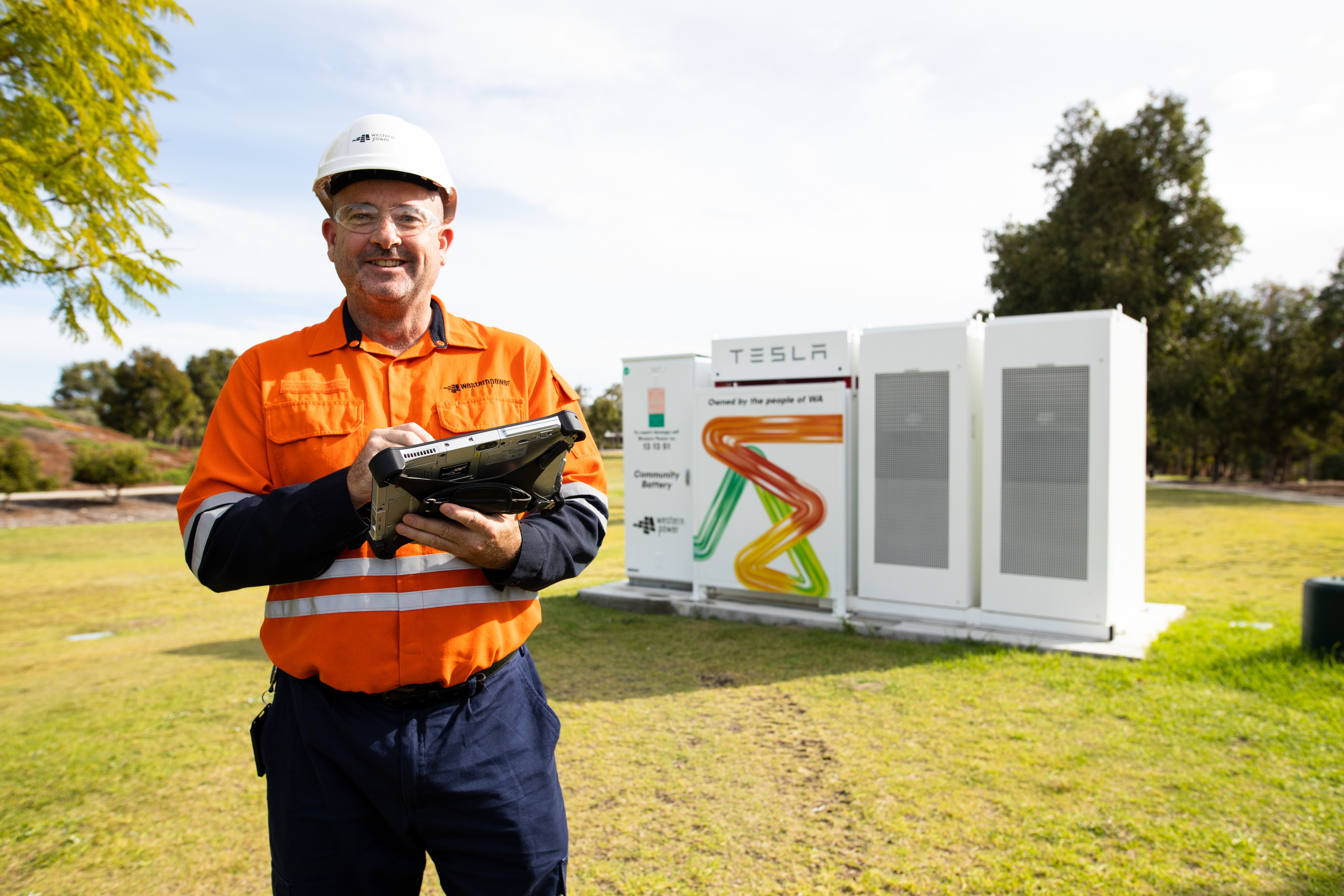
The Margaret River battery was installed to reduce the demand at peak times on shire buildings. The battery storage also serves the football club and the bowls club in the early evening when demand is at its highest. The Margaret River shire is now looking at whether the battery can provide back up if the grid goes down.
“Working with Western Power has been great for the battery industry and the community,” says Simon.
“As Western Power have more rigorous checks and balances in any product they use, they ensure more quality, which reduces risk for a homeowner. It also helps to lift the level of quality assurance in the industry in general.”
A battery fills in the energy gaps
Batteries act as a smoothing system and support the grid in areas with high solar penetration.
“Supporting the grid is key to opening up new possibilities for renewables and battery tech,” says Simon.
This is what the community batteries do. They are designed to act like a sponge – soaking up excess energy during the day and redeploying it when it’s most needed.
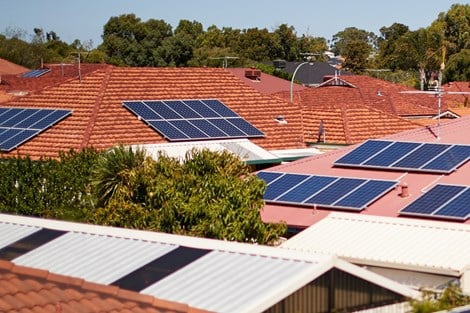 |
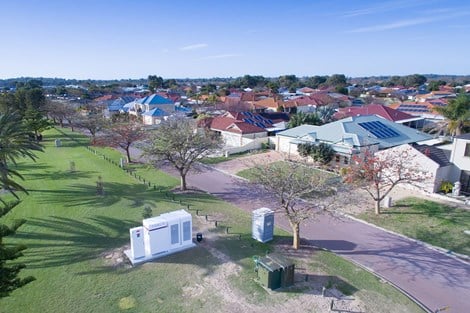 |
“Solar doesn’t replace peak energy," Simon explains. "At 5-6pm when the sun is going down, rooftop solar isn’t going to be generating much energy. But that’s when network consumption is at its highest. Batteries in general help support the grid during these peak energy times, which means we can deploy more renewables, like rooftop solar."
So we know batteries have benefits, but it’s important to choose the right battery storage profile to unlock those benefits.
Simon says the benefit of an energy utility being a leader in WA’s battery industry is that they can assess the role of new technologies.
“Western Power are very forward thinking. As the energy utility, I think it is their role to help establish the risks of new technology on a personal, community and grid level. And I think they do that well,” says Simon.
Making battery storage more accessible for everyone
Simon believes homeowners are part of the battery revolution, although having a home battery isn’t attainable for everyone, because it’s not economically viable, yet.
“Western Power’s community batteries make it a lot fairer, they give more people access to solar storage, as they are on the network.”
Supporting industry is also key.
“With Western Power getting involved in the battery space, they help use lessons learned from solar and implement them.
“It helps avoid any issues we came across with the solar industry, as the checks and balances with a utility are already there.”
We have also recently established a battery supplier panel of WA and Australian-based companies for if and when we roll out more batteries across the network.
As solar panels in Perth continue to pop up and more West Aussies start to reap the benefits of battery storage, there is no doubt adoption of battery technology will take off in the next 5-10 years.
The infrastructure already exists, and we’re ready to seize the new opportunities that come with it, to drive this renewable change.
